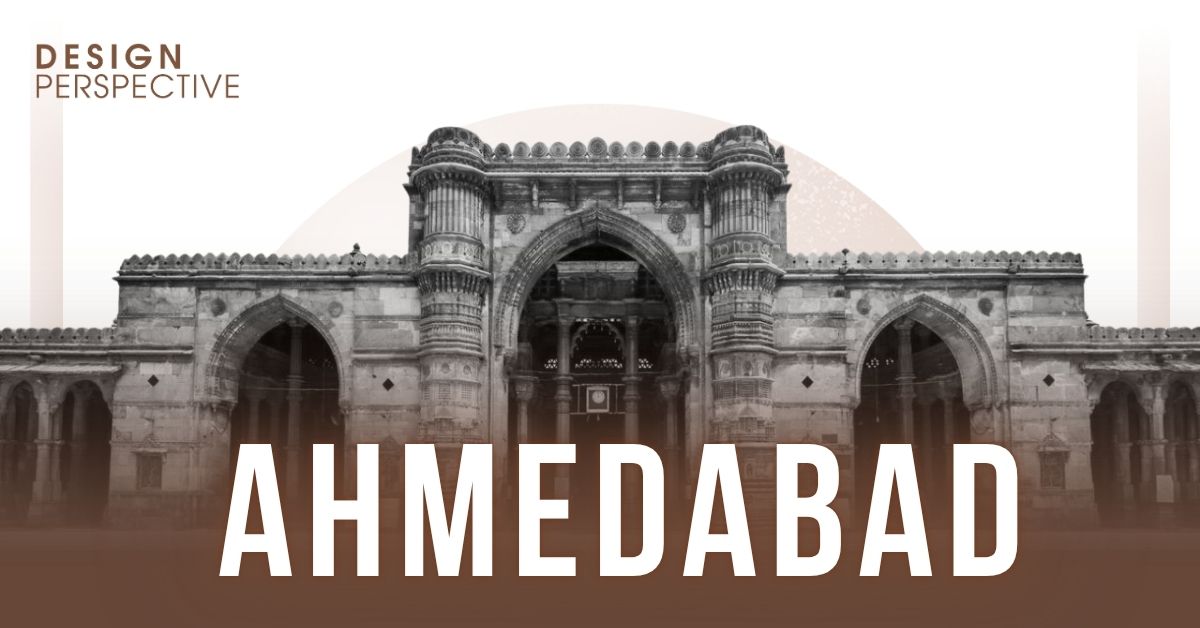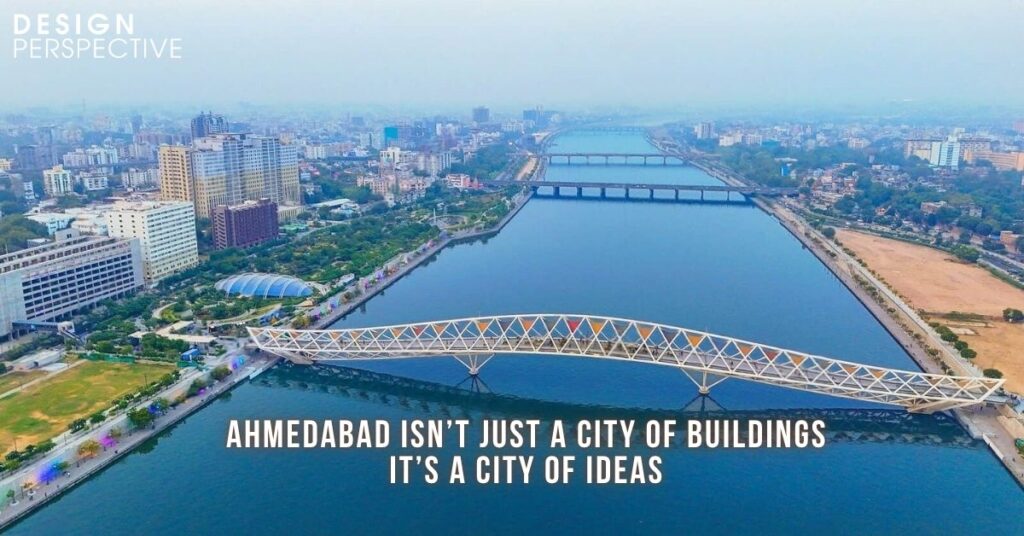
Ahmedabad isn’t just a city of buildings—it’s a city of ideas. Over the past five legendary architects—B.V. Doshi, Louis Kahn, Le Corbusier, Charles Correa, and Achyut Kanvinde—redefined Ahmedabad through their philosophies, forms, and structures. Each brought a different design language, but together, they wrote a powerful narrative that turned this city into a living museum of modern Indian architecture. Let’s walk through how each of them contributed to making Ahmedabad a design capital of India.
B.V. Doshi: The Poet of Space and Silence
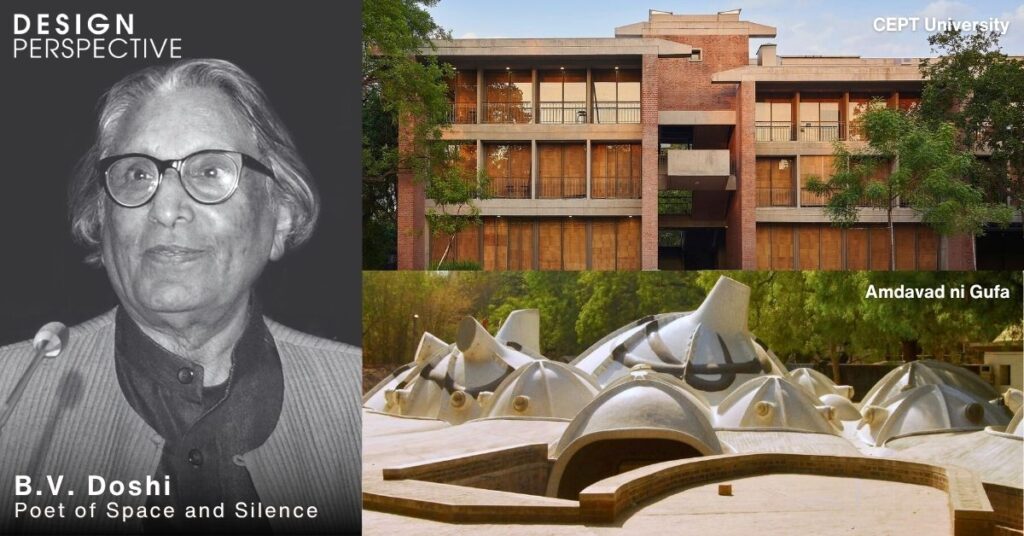
Discussing Ahmedabad’s architecture without mentioning Balkrishna Vithaldas Doshi would be incomplete. More than a designer, Doshi was a thinker who humanized modernism. His work emphasized empathy, culture, and community over grandeur.
From the shaded courtyards of CEPT University to the surreal landscape of Amdavad ni Gufa, Doshi’s architecture invites stillness. His philosophy: architecture should listen before it speaks. His buildings breathe with light, shadow, and silence—elements that make space sacred in Indian tradition.
Louis Kahn: The Architect Who Waited for Light
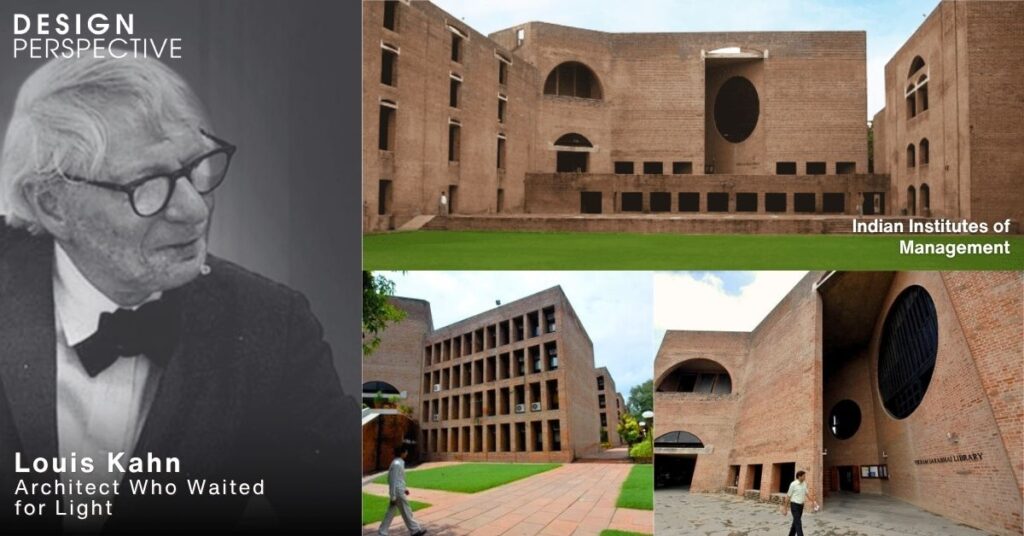
When Louis Kahn arrived in Ahmedabad to design the Indian Institute of Management (IIM-A), he didn’t impose a vision—he waited, observed, and absorbed. His design reflects Ahmedabad’s light, dust, and spirit.
The stark red-brick geometry, monumental arches, and deep voids of IIM-A aren’t just aesthetics; they embody contemplation and permanence. In return for a commission, he gave Ahmedabad a global monument of academic architecture.
Le Corbusier: Visionary Who Sketched Ahead of Time
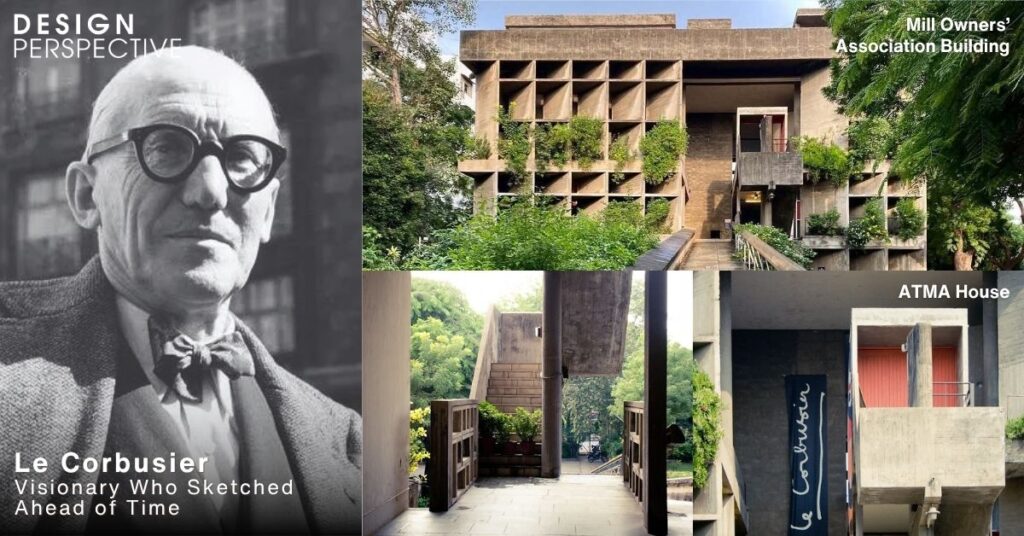
Years before India fully embraced modernism, Le Corbusier was drafting its future in concrete and light. In Ahmedabad, his buildings—ATMA House and Mill Owners’ Association Building—stood as early beacons of brutalist and functionalist design.
He introduced exposed concrete, open floor plans, and climate-sensitive architecture. His work challenged conventional Indian building practices and laid the foundation for a modernist architectural movement.
Charles Correa: The Storyteller Who Built in Spirit
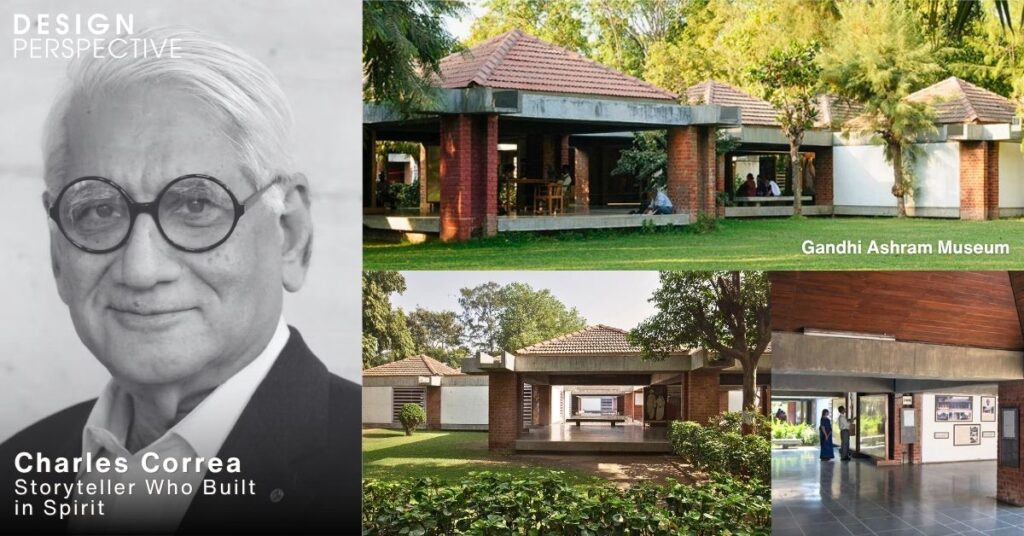
If Doshi shaped form and Kahn shaped volume, Charles Correa shaped meaning. His designs in Ahmedabad are reflections of Indian philosophy, simplicity, and symbolism. The Gandhi Ashram Museum, for instance, is more than a structure—it’s a meditative experience rooted in Gandhian values.
He also played a key role in CEPT’s early campus design, emphasizing open courtyards, human-scale proportions, and dialogues with nature. Correa’s buildings don’t just serve people—they speak to them.
Achyut Kanvinde: Quiet Modernist Who Let Buildings Speak
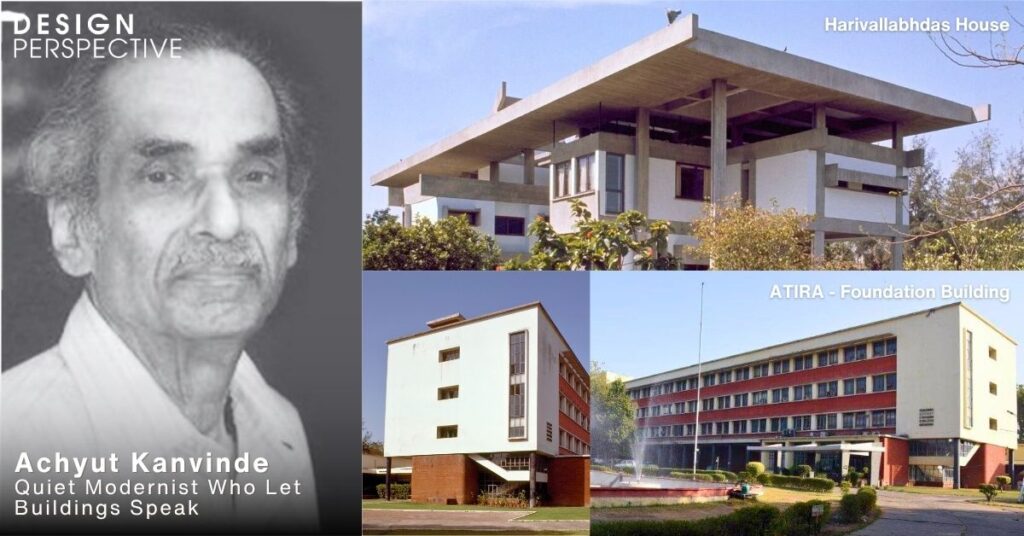
Understated yet impactful, Achyut Kanvinde brought the rigor of Bauhaus modernism and fused it with Indian sensibilities. His works in Ahmedabad reflect a mastery of light, ventilation, orientation, and spatial logic.
Kanvinde didn’t design for attention. He designed for purpose. In a city filled with expressive architecture, his buildings are subtle monuments to function and restraint.
Join the Conversation at Design Perspective: Ahmedabad

The architects mentioned above didn’t just create structures—they built ideas. And those ideas continue to shape Ahmedabad’s design dialogue even today.
At Design Perspective: Ahmedabad, the next generation of architects, thinkers, and design leaders come together to revisit and reinterpret these ideas for the future.Be part of this movement. Experience design that goes beyond the surface.
Register now and be part of the conversation.

